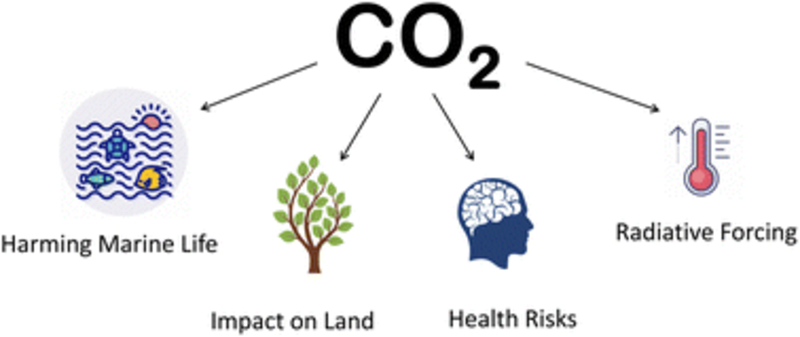AI Sentiment: Cautiously Bearish
Reason: The article highlights serious health risks from rising CO2 levels, indicating a negative outlook on air quality and public health due to urbanization and climate change.
Recent discussions around air quality have increasingly focused on the potential health risks associated with carbon dioxide levels in our environment. While carbon dioxide is a natural part of the atmosphere, excessive concentrations can pose serious threats to human health. Understanding these risks is essential, especially as urban areas continue to expand and pollution levels increase.
Carbon dioxide is primarily produced through human activities such as burning fossil fuels, industrial processes, and deforestation. As these activities rise, so do the levels of CO2 in the air, which can lead to various health issues. High concentrations of this gas can cause symptoms like headaches, dizziness, and shortness of breath, with severe cases potentially leading to unconsciousness or even death.
In enclosed spaces, such as offices or homes, the buildup of carbon dioxide can be particularly concerning. Poor ventilation can exacerbate the situation, leading to elevated CO2 levels that may affect cognitive functions and overall well-being. Studies have shown that increased CO2 concentrations can impair decision-making and cognitive performance, underscoring the importance of maintaining good air quality in our living and working environments.
Moreover, the rise in carbon dioxide levels is closely linked to climate change, which introduces additional health risks. The warming planet can lead to increased instances of heat-related illnesses, respiratory issues due to worsened air quality, and the spread of vector-borne diseases. As climate change continues to progress, its effects on air quality and public health will become increasingly pronounced.
Addressing the health risks associated with carbon dioxide requires a multifaceted approach, including improving ventilation in homes and workplaces, adopting cleaner energy sources, and enhancing public awareness about the importance of air quality. By taking these steps, we can mitigate the adverse health effects of elevated CO2 levels and promote a healthier environment for all.
In conclusion, understanding the implications of breathing in high levels of carbon dioxide is critical for safeguarding public health. As we navigate the challenges posed by urbanization and climate change, prioritizing air quality will be essential in protecting our health and well-being.




